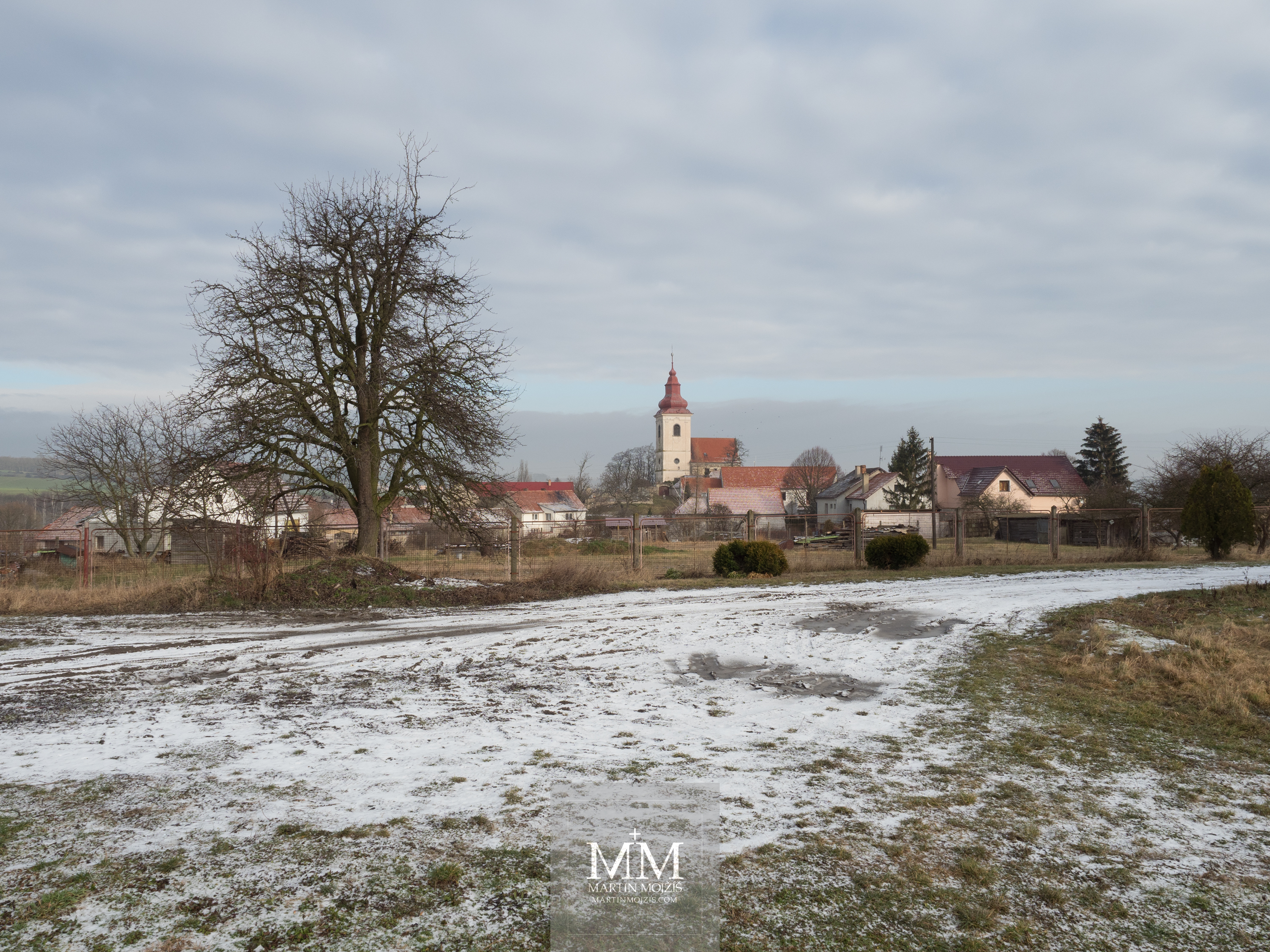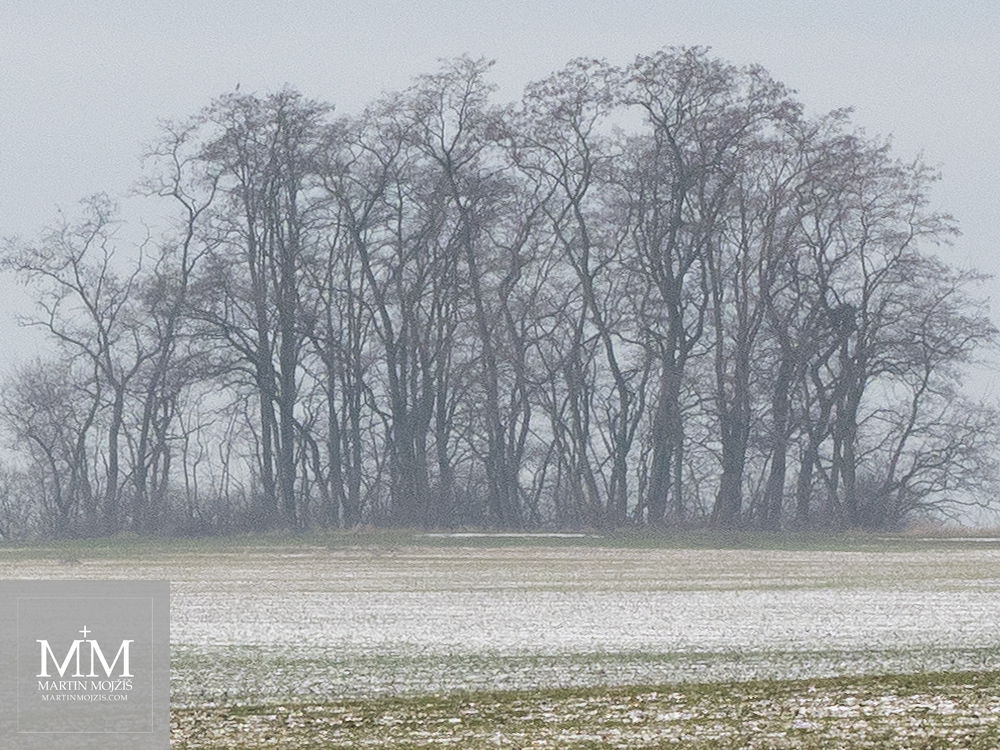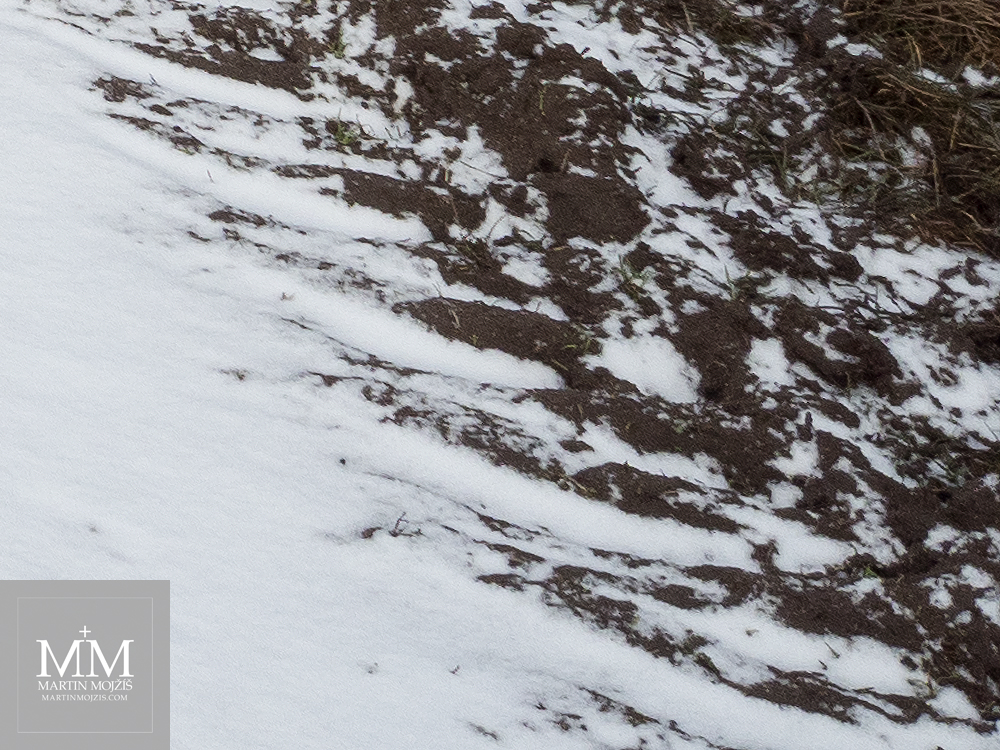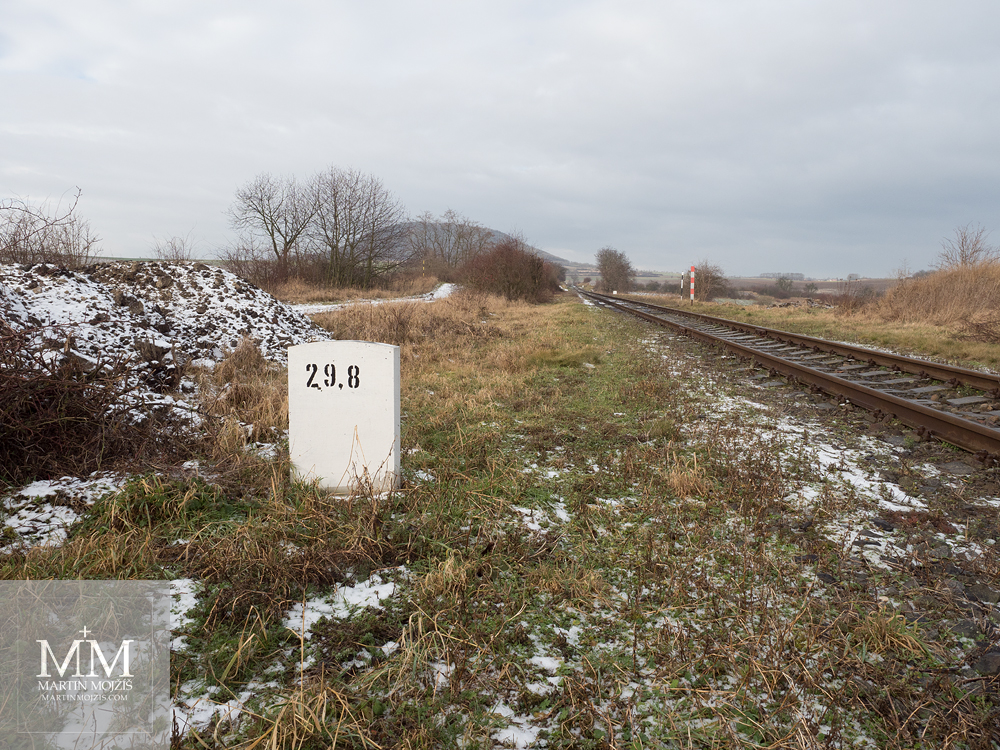


February 28, 2018.
In the first article about Olympus professional photographic gear we will focus on the M. Zuiko digital ED 12 - 40 mm 1:2.8 PRO lens. The equivalent focal length of the 36 mm film or sensor is 24 - 80 mm. This is the basic, often most frequently used lens with variable focal length.
All photographies has been created with Olympus OM-D E-M1 Mark II camera, which I will later review in some ►next article. This camera has a basic ISO sensitivity 200 - just to explain, why I am not using ISO 100 here.
In order to properly assess the lens, it is good to say briefly about its design.
Olympus M. Zuiko digital ED 12 - 40 mm 1:2.8 PRO lens contain 14 optical elements in 9 groups. Smallest aperture is f/22, aperture consists of seven rouded blades. Thread diameter for filters is 62 mm. Lens length is 84 mm, diameter 70 mm, weight 382 g. The lens is practically all-metal, except for the front part with the thread for filters, which is made from plastic. The metal can even be found on the cover of the front member. According to the manufacturer's claim, the lens is resistant to frost, dust and splashing water.
The front part of the lens protrudes when the focal lenght is changed, the lens hood thus must be relatively shallow. When focusing, the front member does not rotate.
Lens is made in Vietnam. Construction is very precise, the metal body is robust. Both rings rotate with adequate resistance, they are very smooth. Switching to manual focusing is done by shifting the focusing ring, distance scales appear at that too.
The only exception in honest construction is the L-Fn button, which has the float to all sides and occasionally you feel, like it want jumps out completely. On the other hand, it works well with it, and the floating is rather funny than interfere with.
The retail price of the lens is now approx. 1050 EUR incl. tax. Together with the lens, you will receive both caps, lens hood and soft case.
So briefly technical data. Let's take a look at the main now – photographies. 100% crop is generally created from 20 Mpx picture, which has in 4/3 format and 150 dpi resolution 88 x 66 cm dimensions. So you look close at the fragment of almost a meter (cca 39") long image. All photographies were saved in the camera as RAW (.orf) and then digitally developed in Adobe Lightroom 6.12, for illustration always with a Adobe Standard profile. Sharpening has been often left standard (25/1/25/0), in the case of landscapes the amount was slightly increased, max. up to 50, due to the lens's variable focal length. For most photographies, it has been quite a lot (+30 - +50) increased detailcontrast (clarity), sometimes contrast also by shifting the black and white points. However, for photographies, where I evaluate the quality of bokeh, there is absolutely no increase in clarity, as this would make out of focus areas disturbing and nervous. In description, behind the focal length, the equivalent focal length of the 36 mm film or sensor is in parentheses specified too.


↑ SMALL WOOD ON THE HORIZON. Focal length: 40 (80) mm, exposure time 1/160 second, aperture f/10, ISO 200.
Second photograph is crop from 100% size at 150 dpi.
Nice green, adequate saturated, but not too much. The trees were a bit in fog, but sharpness is still pretty good.


↑ FIELD WAY. Focal length: 12 (24) mm, exposure time 1/200 second, aperture f/10, ISO 200.
Second photograph is crop from 100% size at 150 dpi, right bottom corner.
Because of the shortest focal length, quality and sharpness is acceptable.




↑ WINTER FIELD BELOW THE RIP HILL. Focal length: 12 (24) mm, exposure time 1/400 second, aperture f/6.3, ISO 200.
Second, third and fourth photographs are crops from 100% size at 150 dpi. Second image shows bottom middle part, fourth right bottom corner.
This type of scene is one of the toughest tests of any lens, so I show three crops here. Olympus 12 - 40 mm did with this difficult image without problems, of course with respect to its variable focal length.


↑ IN THE VILLAGE. Focal length: 12 (24) mm, exposure time 1/250 second, aperture f/8, ISO 200.
Second photograph is crop from 100% size at 150 dpi.
Magic of "24 mm" focal length, superb detail drawings and fine, tasteful coloring.


↑ THE CHURCH. Focal length: 40 (80) mm, exposure time 1/200 second, aperture f/8, ISO 200.
Second photograph is crop from 100% size at 150 dpi.
Again excellent drawing of details and pleasant colors.


↑ BY THE RAILS. Focal length: 12 (24) mm, exposure time 1/320 second, aperture f/8, ISO 200.
Second photograph is crop from 100% size at 150 dpi.


↑ LEVELLING MARK OF CSD. Focal length: 40 (80) mm, exposure time 1/400 second, aperture f/8, ISO 200.
Second photograph is crop from 100% size at 150 dpi.
And that's all for today. In the ►next part, we will move from Podripsko to the center of Dolnooharska table and we will introduce next photographies, created with this lens.
© Martin Mojzis, 2018.
Photographies: © Martin Mojzis, 2018.
►To the beginning of the article.
►Overview of all articles.
►Homepage.
►Site Map.